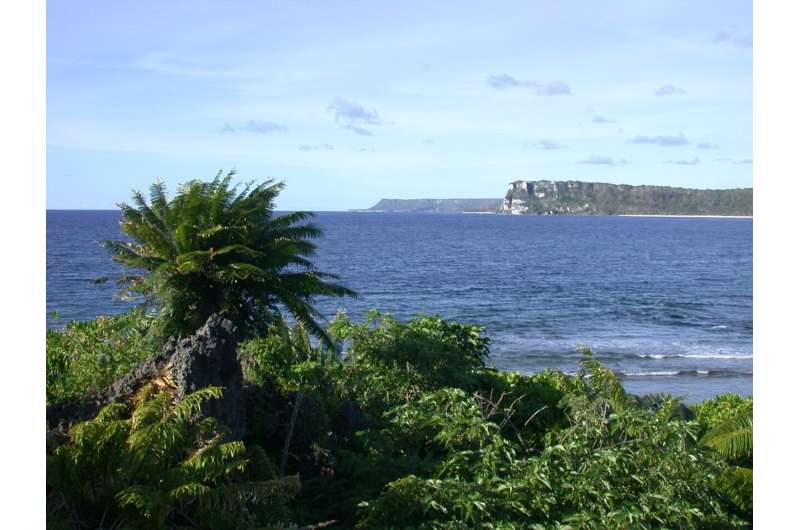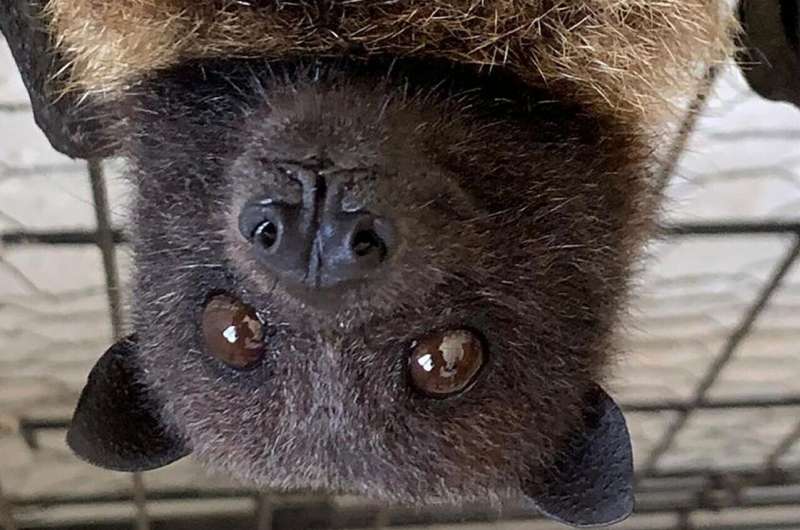Restoring traditional practices tied to endangered species in Guam

Are the traditional practices tied to endangered species at risk of being lost? The answer is yes, according to the authors of an ethnographic study published in the University of Guam peer-reviewed journal Pacific Asia Inquiry. But the authors also say a recovery plan can protect both the species as well as the traditional CHamoru practice of consuming them.
Else Demeulenaere, lead author of the study and associate director of the UOG Center for Island Sustainability, presented on their findings during the Marianas Terrestrial Conservation Conference on June 8.
Strong cultural ties
The researchers interviewed CHamorus about their recollections of preparing and eating the endangered fanihi, the fruit bat found only in the Mariana Islands, and the endangered fadang, a cycad endemic to Micronesia, as sources of food.
"Gathering and processing the [fadang] seeds into titiyas fadang was a family activity. Manåmko' spoke vividly about their exquisite taste and smell during my ethnobotanical research," Demeulenaere said. "CHamoru conservation managers told me they were afraid their kids would never acquire the taste of fanihi and hoped that one day the fanihi population would be restored so they could hunt them sustainably and restore this traditional practice."
Important roles in the ecosystem
Demeulenaere said the CHamoru culture's strong ties to these species only makes a stronger argument for preserving what are both ecologically important species in their own rights and important players in Guam's biodiversity.

"The fadang is a very special tree, as it belongs to the ancient genus Cycas, which originated during the Triassic Period, when dinosaurs were around. The leaves were most likely dinosaur food," Demeulenaere said.
The fadang, known scientifically as Cycas micronesica, was once the most common tree in Guam's limestone forests, but "an invasive scale insect has caused a rapid decline in the health of the cycad populations, which is further exacerbated by habitat loss," Demeulenaere said.
The fanihi, known scientifically as Pteropus mariannus, is an important seed disperser, she said, in particular for fadang seeds.
"They love to eat the seed coat of the fadang," Demeulenaere said. "Restoration efforts consist of adding food sources for the fanihi in degraded forests. [Restoring the] fadang [population] is an important part of this effort."
Today, it is estimated that only 45 to 50 fruit bats remain in the wild in Guam—down from 400-500 in 1984 and around 3,000 in the 1950s—because of poaching and habitat destruction, according to the U.S. Fish & Wildlife Service.
Restoration work moving forward
Most of the study's interviewees said they would like to eat fanihi again once the populations are restored. Endemic foods can also significantly contribute to food security in the region, the paper states. But scientist-led protection and restoration of limestone habitats as well as snake suppression are important to recover the species and make sustainable harvest possible.
Moving forward, Demeulenaere said, "a co-production of knowledge consisting of traditional holders and scientists can outline harvesting practices and the recovery actions."
More information: Paper: www.uog.edu/_resources/files/s … i11_demeulenaere.pdf
Provided by University of Guam




















